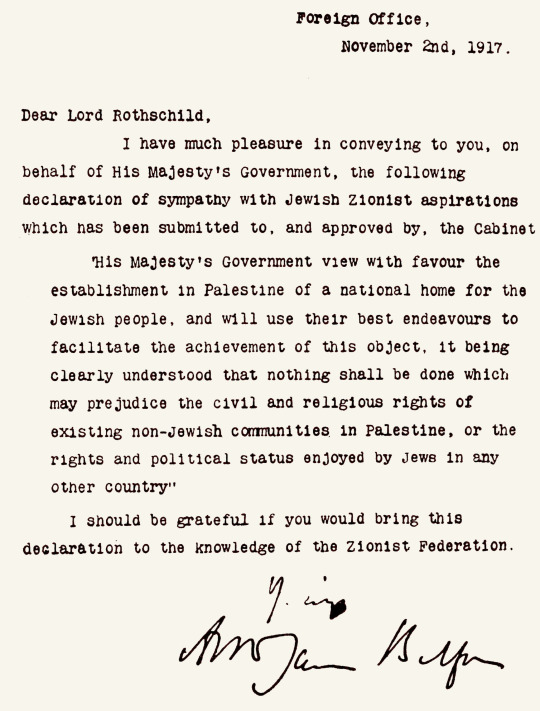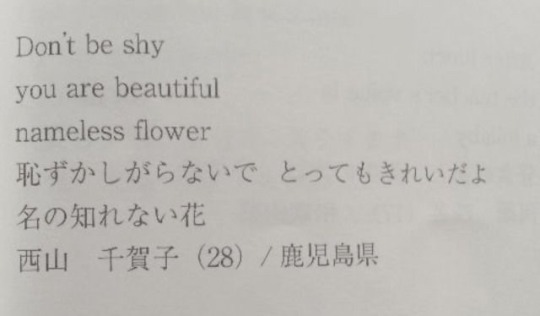Text
From the River to the Sea, Palestine Will be Free.
12 notes
·
View notes
Photo

WILLIAM ANASTASI
B. 1933
Untitled, 1985
Graphite on paper
22 × 28 cm | 8½ × 11 in
616 notes
·
View notes
Text
Sometimes I just agree with people so they can stop talking
13K notes
·
View notes
Text
do u ever miss your own energy. like damn what happened to me
74K notes
·
View notes
Photo

yohji yamamoto collection by nathaniel goldberg for visionare 18, 1996
9K notes
·
View notes
Text

The Balfour Declaration was a public statement issued by the British government in 1917 during the First World War announcing its support for the establishment of a "national home for the Jewish people" in Palestine.
The statement was the product of Zionist advocates inside the government (including Balfour, Prime Minister David Lloyd George , and cabinet member Herbert Samuel ), and from outside; of paramount importance was the immensely energetic and persuasive Zionist spokesman Chaim Weizmann , who had longstanding close relationships with Balfour, Lloyd George, Winston Churchill , and other powerful figures of the political elite. From a strategic perspective, British officials hoped that taking a “favourable view” toward a Jewish national home in Palestine would garner Jewish support in the United States , Germany , and Russia , thus bolstering the war effort. They also sought to solidify postwar British claims to Palestine to shore up control over Egypt and the Suez Canal .
Shortly after the declaration was issued, British troops entered Palestine, capturing Jerusalem in December 1917. Occupation of the entire country was completed by October 1918, and military government was imposed. Preparations were immediately made to start implementing the Balfour Jewish National Home policy. Less than two years later (and before Britain was formally assigned the Mandate over Palestine), Sir Herbert Samuel, an avowed Zionist, became Palestine's first High Commissioner, and in August 1920 the first immigration ordinance was passed by the new Civilian Administration, opening Palestine to Jewish immigration. Source
15 notes
·
View notes
Photo

Mona Hatoum, Waiting is Forbidden, 2006
Enameled metal plaque, 30 × 40 cm
5K notes
·
View notes








